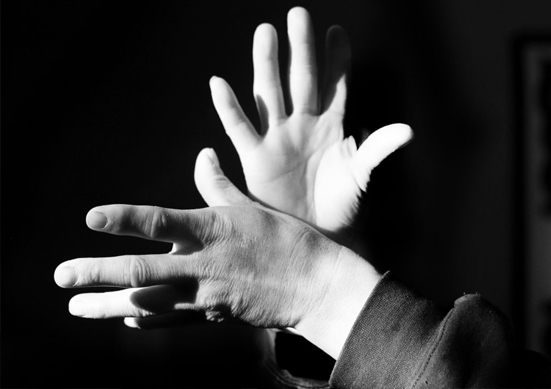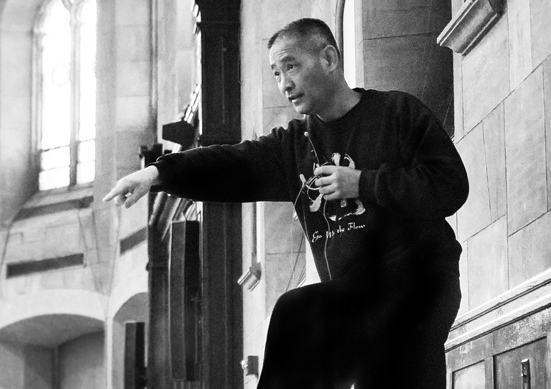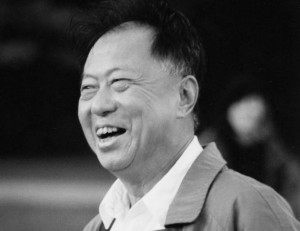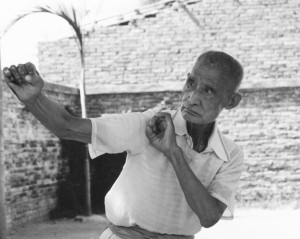During my formative years, I studied martial arts with Wan Laisheng (1903-1992), one of China’s legendary Kung Fu masters. He was the third-generation master and lineage holder of Ziranmen (or Zi Ran Men), the unique Taoist natural style or “no form” style of martial arts. Master Wan was the author of The Essential Focus of Chinese Martial Arts, regarded as one of the most important modern texts ever written on Chinese martial arts. He is also known as one of the Five Tigers of the North, who helped popularize natural-style fighting in South China. Few masters in martial arts history were his equal.
Zirnamen is a powerful, internal martial arts system that incorporates Qigong as well as ancient Taoist philosophy. Training in this form involves building internal strength, force, speed and lightness. Its lineage began with Dwarf Xu and was passed to Du Xinwu (1869‒1953), who served as a bodyguard to Sun Yat-sen (1866-1925), founding father and first president of the Republic of China. Master Du passed this lineage to his eldest son, Du Xui Si, as well as Master Wan. They became the third holders of the Ziranmen lineage. I am the fourth.
Master Du’s acceptance of Master Wan as his second disciple was highly unusual. At that time, tradition dictated that only one disciple in an entire generation was chosen to learn this natural style of fighting. With Master Du’s permission, Wan Laisheng helped spread the knowledge and practice of Ziranmen. After World War II, he became the bodyguard to the governor of Fujian province.
Not only was Master Wan a legendary martial artist, he was also a highly educated scholar who graduated from and taught at China’s top agricultural universities. He was an expert in Qigong, Chinese medicine and Taoism. He was also a prolific author whose works integrated Chuang Tzu’s philosophy into the martial arts. He also wrote more than twenty books ranging from the martial arts to TCM and orthopedics, to descriptions of various fighting styles, the first of which was published in 1928, Wu Shu Hui Zong (The Convergence of Martial Arts). Master Wan demonstrated his extraordinary martial arts fighting skills into his nineties.
As you can imagine, combat in martial arts competitions is serious business. Often it produces injuries, especially those of the bone. Besides his fighting skills and academic talents, Master Wan also trained in Chinese medicine which helped him develop tremendous skill in orthopedics. I once saw him heal a broken bone overnight. In addition to the wisdom he passed to me through the martial arts, he also passed me many secrets in orthopedics and taught me unique massage techniques—equally useful in healing as well as fighting.
Master Wan helped me understand that there are two things that make a great martial artist great: one is mental clarity in the form of fearlessness; the other is technique. Of the two, being fearless is more important. The fighter has to have no attachment and be willing to fight to the death, if necessary. He also taught me that all you need is one profound technique, as long as spirit is behind it. It is not the form or the technique that produces results, but the practice and power built up through the form. Whether in martial arts or in TCM, Master Wan’s training emphasized how to develop a light, delicate touch, as well as great strength with emphasis on quality. My years of training with this legendary master shaped my life in a profound way.










